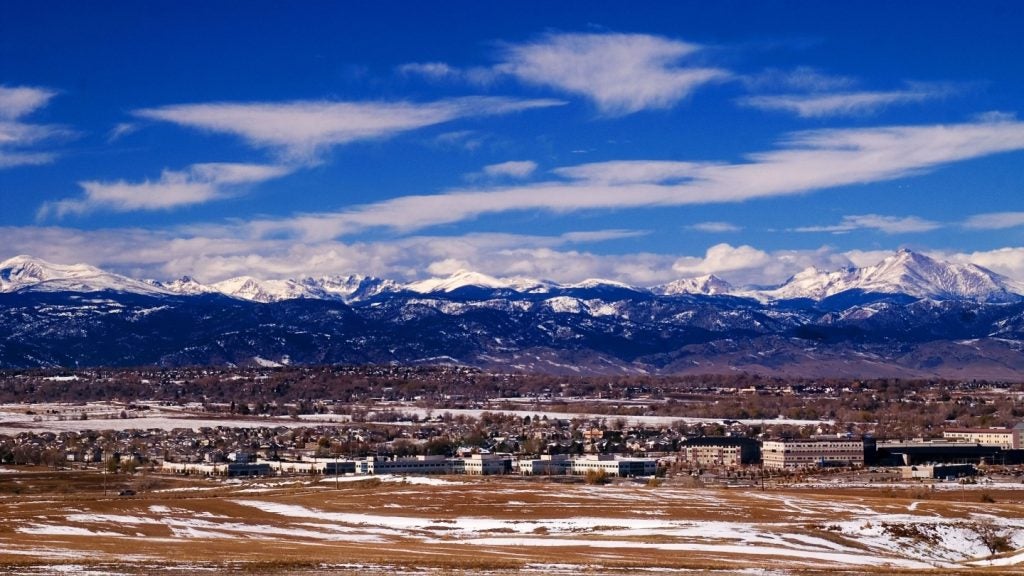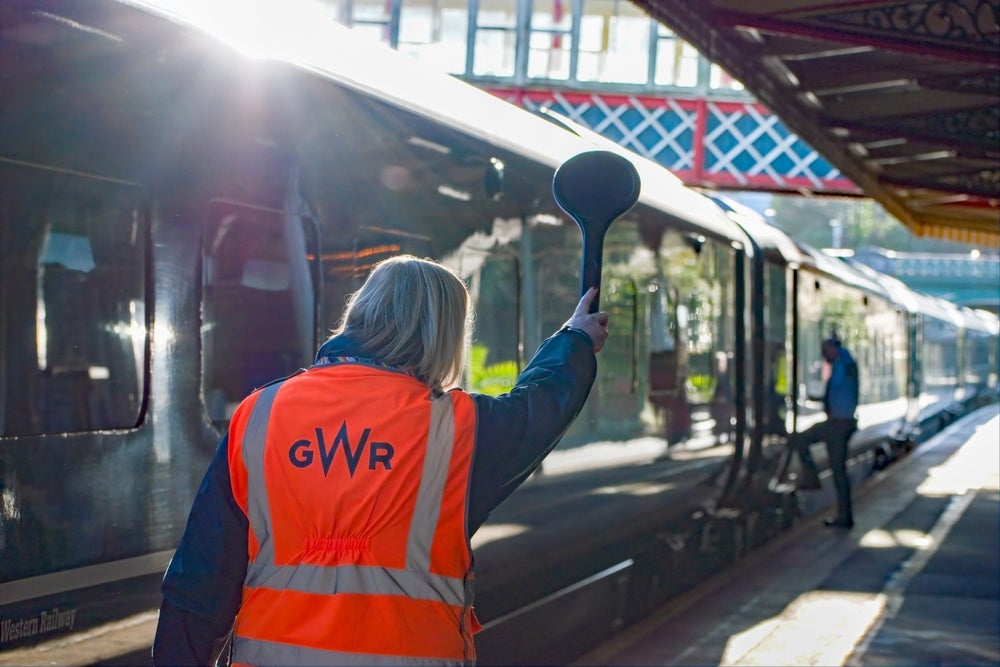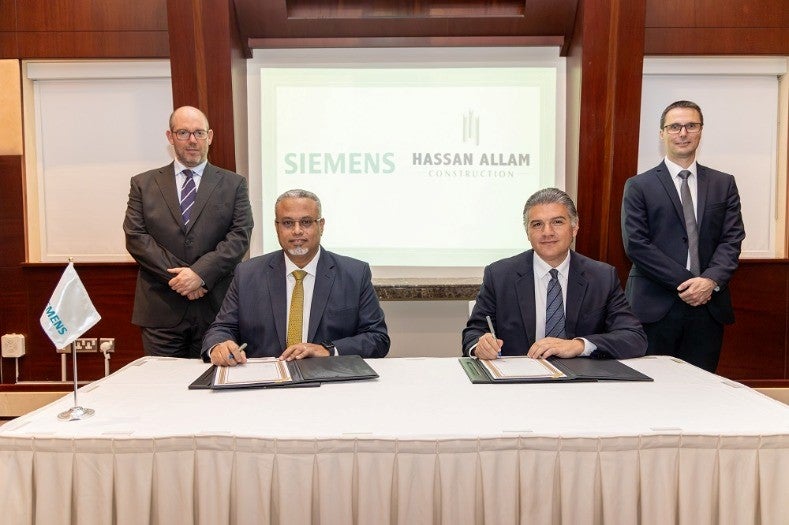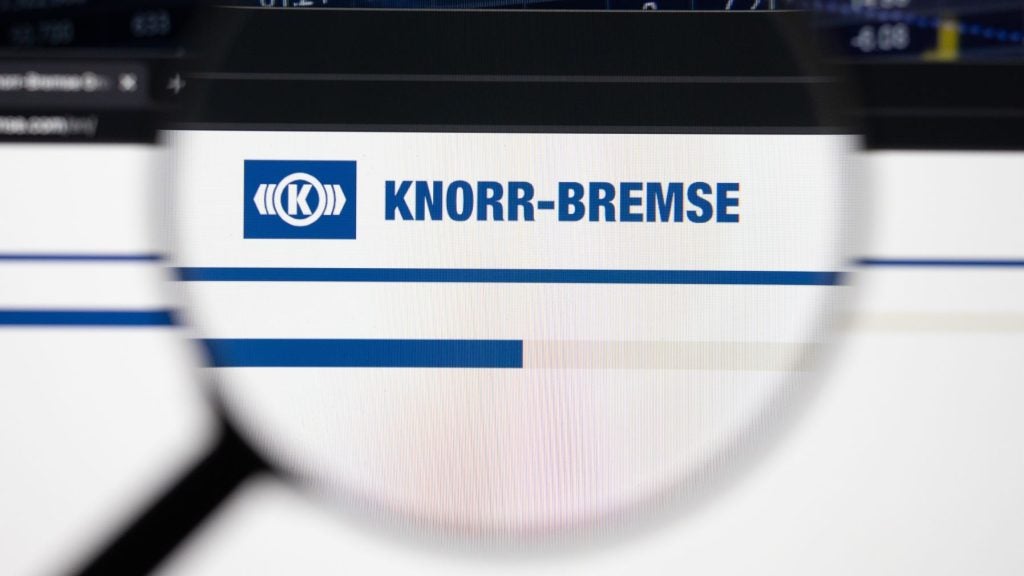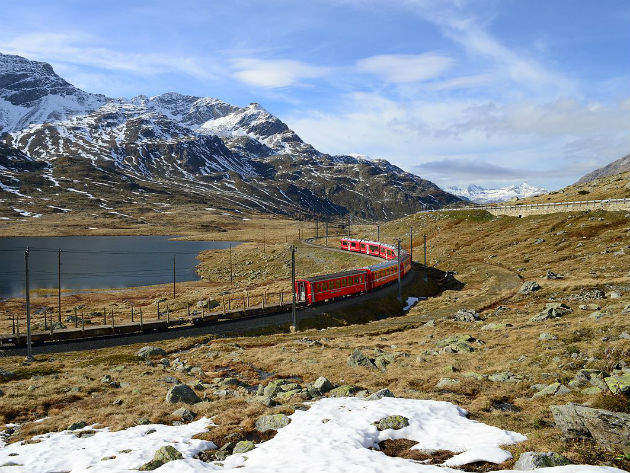

Pic courtesy Alexander Kesselaar
With 2017 officially declared as the International Year of Sustainable Tourism for Development by the United Nations World Tourist Organisation (UNWTO), the International Union of Railways (UIC) launched TopRail in 2016 to actively promote sustainable railway tourism. Its aim is to enable close collaboration between stakeholders and their customers in order to grow railway tourism opportunities.
“Tourism and transport are intrinsically linked, and tourism represents 10% of global GDP and one of every 11 jobs,” says Vanessa Pérez, TopRail project manager. “Travel and tourism experience a continued expansion and have become one of the fastest-growing economic sectors in the world.”
Recognising that tourism has connections beyond economics, the UNWHO measures its sustainability by its impact on the environment and society, as well as economics. Analysis includes the environmental impacts of tourism, such as energy use and disruption of ecosystems; dependency of tourism on the environment e.g. energy requirements and quality ecosystems; the social impacts of tourism activities; and the dependency on social infrastructure, such as local workforce and transport infrastructure.
See Also:
With just 2% of international tourism using rail networks, there is significant growth potential for railways, especially as UNWTO forecasts an increase of 3.3% of international tourist arrivals year-on-year. This would equate to an estimated 1.8 billion tourists travelling the world in 2030.
How well do you really know your competitors?
Access the most comprehensive Company Profiles on the market, powered by GlobalData. Save hours of research. Gain competitive edge.

Thank you!
Your download email will arrive shortly
Not ready to buy yet? Download a free sample
We are confident about the unique quality of our Company Profiles. However, we want you to make the most beneficial decision for your business, so we offer a free sample that you can download by submitting the below form
By GlobalDataSupporting sustainable rail tourism
Tourist railways are attractive products that have much to contribute to sustainable development, decentralisation, diversification and management of tourist flows,” explains Pérez, adding that it appeals to all types of customers, from the young to retirees and families, as well as rail enthusiasts. “Supporting sustainable tourism using railways is not only a strategic framework for ensuring a positive image of railways, but also a way to answer to social concerns, create a competitive advantage and manage risk.”
All operators and networks with tourism potential are the focus of TopRail’s mission: cruise trains, such as the Orient Express; trains providing mobility at a tourist destination connected to a mainline, from cultural hotspots to wine and gastronomic venues; trains running in scenic areas, for instance the Tibet train and the Train des Hirondelles; and heritage railways, including steam trains.
Enhancing and promoting the visibility of top quality rail services, along with focusing on how railways can contribute to sustainability challenges, was the focus of three of UIC-run meetings last year in Paris, Vienna and Madrid. As a result, TopRail was created to facilitate these goals through 2017 and beyond.
In terms of deliverables in 2017, TopRail aims to issue a reporting handbook, which is currently under review, and a formal best practices publication.
Workshops are on the right track
The first TopRail workshop was held at the 13th UIC Sustainability Conference, in October 2016, in Vienna. The session saw four organisations presenting different approaches to rail-based sustainable tourism initiatives.
“The four approaches formed the basis of a facilitated group discussion to move the TopRail collaboration forward,” says Pérez, adding, “It became evident that well-designed and well-managed railway tourism products and services make a substantive contribution to the three pillars (social, environmental, economic) of sustainable development and can address key tourism challenges.”
These are not the only companies collaborating with TopRail. Others include RZD (Russian Railways), KoRail (South Korea’s national railroad), Irish Rail, ÖBB (Austrian Federal Railways), Trainose, a Greek railway company, MÁV-START (Hungarian Railways), Slovenske Železnice (Slovenian Railways), Comboios de Portugal, Rail Canada and Tren de Ecuador.
Ferrocarrils de la Generalitat de Catalunya
Ferrocarrils de la Generalitat de Catalunya, or FGC, is a public entity attached to the Department of Territory and Sustainability, which also operates commuter lines in Barcelona, rack railways in Núria and Monserrat, tourist railway services and five ski resorts in the Pyrenees.
Carles Casas, executive senior advisor to the Director General at FGC, explained that FGC approaches tourism and rail from three sides, namely, tourists on conventional trains, historical heritage preservation and tourist-orientated products.
Since 1931 the rack railway has provided an alternative to road traffic up to the famous Benedictine monastery of Santa Maria in Montserrat. FGC also operates in other fragile environments, such as the Vall de Núria (Valley of Núria) in north Catalonia. Other than by foot, tourists can only access this mountain and ski resort by the railway as the area has no roads and is 2,000m above sea level.
FGC’s sustainability programme focuses on footprint reduction, waste management, energy saving and water quality improvement. It also supports local businesses and connects with local schools, which contribute to the sustainability of these remote areas.
East Japan Railway Company
Pérez explains that Nami Mizuguchi’s presentation for JR-East (East Japan Railway Company), showed how the company encourages sustainable tourism by developing trains based on new concepts and revitalising local industries, such as successfully expanding sales for local produce in the Tokyo metropolitan areas.
“They have tourist trains all around the country and in each one they show the best of the region culturally, especially with music and gastronomy,” she says. “For example, they have the ‘Ekiben’ concept (railway-boxed meals), which is a specific type of Bento-boxed meal, which always uses local products and is different in each part of the country.”
Overall, the network spans 7,472km, consists of 1,700 stations and supports 17 million passengers a day. The Gono-Line, in northern Japan, stretches 147.2km along the coastline of the Sea of Japan and to the Shirakami mountains, a world heritage site.
Rhaetian Railways in the Alps
Rhaetian Railways (RhB) operates the Bernina Express, the highest railway across the Alps, and the Glacier Express – a 62km climb between Thusis and St Moritz which reaches 1,775m altitude.
At the workshop, RhB’s Dieter Dubkowitsch highlighted the range of the company’s sustainable development and tourism work. Its programme includes sustainable procurement, including energy and fair-traded products, pollution reduction and the management of a secure daily operation.
“RhB run their trains in a special environment, which is part of a UNESCO world heritage site,” says Pérez. “They have specific action plans regarding environmental responsive behaviour (energy saving, reduction of environmental pollution and waste disposal).”
RhB’s energy-saving programme includes using 100% power from local hydroelectric power stations and supplying all buildings with hydroelectric power. In terms of the rolling stock, Dubkowitsch says the company’s energy-management measures save 8,000MWh a year, and in workshops and buildings traditional lighting has been replaced with LEDs.
Regarding the infrastructure, with more than half of the 115 tunnels on the line requiring renovation, a unique restoration procedure has been devised which increases safety and has extended tunnel life from 30-50 years to 70-100 years.
The European Federation of Museum & Tourist Railways
John Fuller of the European Federation of Museum & Tourist Railways (Fedecrail) presented the Ffestiniog Railway (FR) and Welsh Highland Railways (WHR). Renowned for being a technical pioneer of narrow-gauge railways back in the 19th century, FR has been a tourist railway for over 60 years.
WHR, which was built in 2011, spans 40km and provides tourists with access to the Snowdonia National Park. Fuller showed how the railway’s sustainable development is managed across economic, social and environmental goals, in line with UNWTO’s sustainability measurement method.
By surviving on the income it generates, FR is economically sustainable and provides skills training and experience to young people. Utilising bought-in services also means that it is supporting local employment. FR minimises adverse environmental impacts by providing safe access to special areas of conservation (SACs) – defined by the EU as designated areas that protect natural habitats and species – in the Snowdonia National Park.
During the second workshop, held in Paris in March, a first draft of the guidelines was presented and discussed. “The methodology in developing the draft of TopRail guidelines was detailed and the indicators comprising the proposed guidelines were itemised,” says Pérez. “A step-by-step implementation programme was outlined, starting with qualitative indicators maturing to quantitative indicators.”
Steaming ahead to the future
In terms of how railway tourism could thrive over the next few years, Pérez is positive that the combination of rail’s vital role in a country’s economic development and current tourism trends support rail tourism’s opportunities for growth. She cites modern consumers’ needs and digitalisation as two areas that can help support TopRail’s global vision.
“Customers are more empowered than ever before in shaping their tourism experience,” she explains. “New trends in tourism cater to ‘slow travellers’, who want to create their own journey and who are concerned about the kind of tourism they participate in. They look for special, unique and quality products as a way to discover, enjoy and share their travel experience.
“Railway tourism providers can attract new customers by creating quality products, and by focusing on the needs and expectations of the leisure traveller, thereby generating positive stimuli and quality experiences related to trains.”



